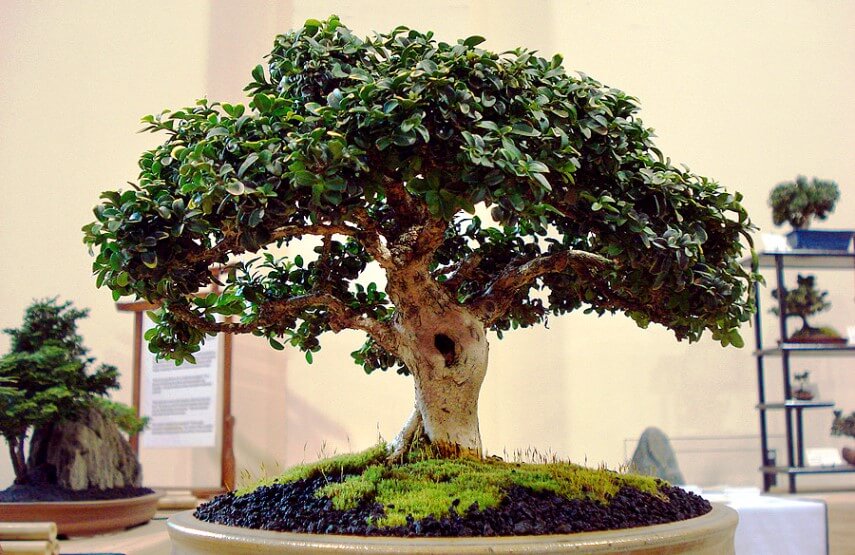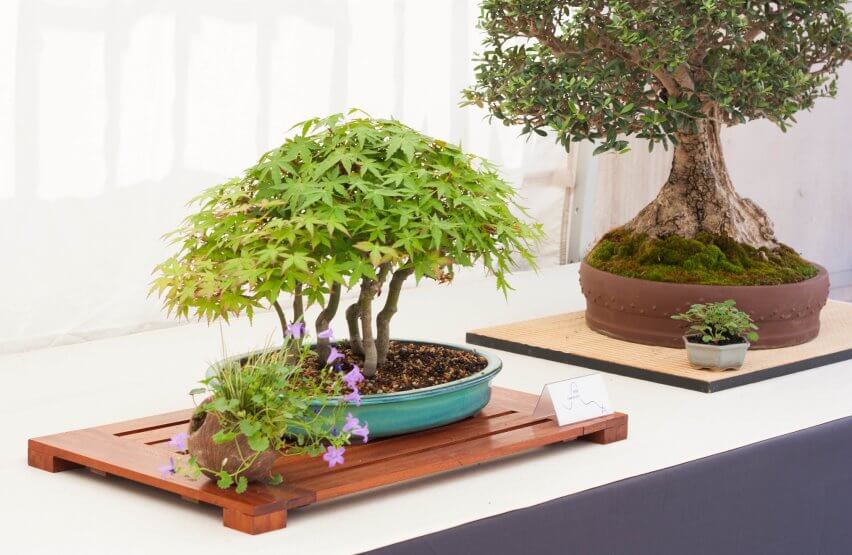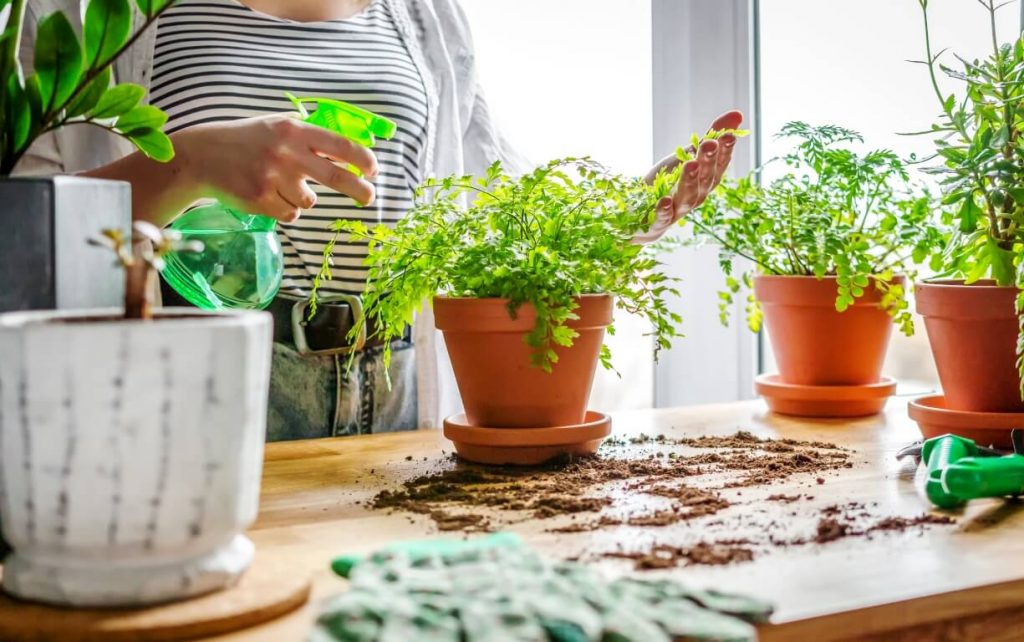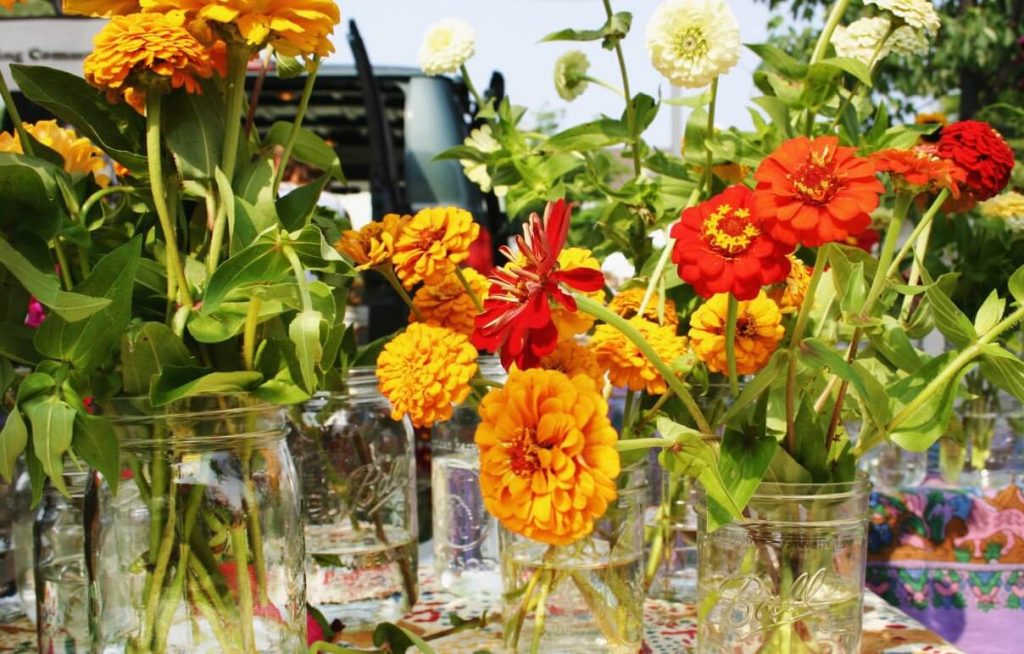Bonsai is a beautiful and admirable plant that attracts people’s attention. You must provide proper care and its requirements to reach this beautiful and healthy plant. Once you have a Bonsai tree, you may run into this question “how often to water a Bonsai tree?”.
Answering this question may sound simple, but it is not since it depends on many factors, including the species of your Bonsai tree, size of the tree, size of the pot, season, soil types, and climate.
Considering these, this article will go through factors affecting the bonsai watering schedule in order to answer this question: how often should you water a Bonsai tree?
If you are interested in this topic, you can also read
<< How Often To Water Poinsettia >> and <<How Often To Water ZZ Plant>> articles.
Source: Dany Sternfeld
How To Find The Best Time For Watering A Bonsai Tree?
Here are some common tips that help you to know when it is time to water your Bonsai tree:
1) Check The Soil Around The Bonsai Tree
The first and simple way to identify the time of watering your Bonsai tree is to see whether the soil is dry. If you don’t have a moisture meter to check soil moisture, you can use your finger and enter it into the soil up to one inch in depth. Once you don’t feel any moisture, it is time for watering. On the other hand, if the soil feels moist, wait a day or two before checking it again.
2) Don’t Apply Regular Watering.
It is recommended to Water the bonsai plant when needed rather than regular watering. By watering plants when they need it, you can help prevent issues such as root rot and fungal diseases that can occur when the soil is consistently damp.
It’s important to monitor the soil and check it regularly to see if it’s dry or moist. If the soil is dry, it usually indicates that the plant needs to be watered.
Depending on the time of year, Bonsai trees need different amounts of water. You may ask yourself, how often should I water the Bonsai tree in summer? During growing seasons which range from Spring to fall, the bonsai tree needs more water than in other seasons.
How about winter? Bonsai trees in winter require less water since the plant is dormant. Throughout this time, avoiding overwatering the tree is essential, which can lead to root rot and other issues.
Source: Heather Gardner-madras
3) Soil Quality
Depending on soil type, the length of the remaining moisture in the soil varies. The faster soil becomes dry, the sooner water it requires. By providing an appropriate soil mixture, you can prevent water loss in a short time.
A mixture of akadama, pumice, and lava rock with ½ to ¼ to ¼ratio, respectively, can fulfill the Bonsai growth.
When you need to check the water of the Bonsai and rinse it, add more akadama to the soil mixture and some compost to avoid water loss.
4) Don’t Use Cool Water.
Experts advise irrigating the Bonsai with warm water rather than cool water. Cool water can shock the roots of a bonsai tree and cause damage to the delicate root system.
This is because the temperature difference between the water and the soil can cause the soil to contract and expand rapidly, which can cause the roots to break or become damaged.
This can lead to poor nutrient uptake and stunted growth of the bonsai tree. Additionally, cool water can also slow down the metabolic rate of the bonsai tree, which can affect its overall health and growth.
Source: Jerry Norbury
How Often To Water Bonsai Trees Indoors?
Compared to outdoor trees, indoor bonsai trees require less water due to their lower exposure to sunlight and lower temperatures. However, the pot’s size and the tree species still play a significant role in determining how often to water an indoor bonsai tree.
Generally, indoor bonsai trees should be watered every two to three days during spring and summer (growing seasons) and once a week during the winter (dormant season).
You can use the same method to check the soil’s moisture level as outdoor bonsai trees.
Symptoms Of Under-Watering And Over-Watering
Undoubtedly, underwatering harms any plant, and Bonsai is no exception. When it lacks water, its leaves turn crispy and begin to drop.
If you realize that the tree begins to dehydrate, put the tree in the water for 10 minutes to compensate for the water loss. You have no choice but to wait for Bonsai to start to generate buds after 4 to 6 weeks.
Please don’t be too harsh in submerging the Bonsai with lots of water because it can lead to reduced foliage.
Keeping the Bonsai slightly damp is recommended to encourage new green buds. One way to achieve this is to mist the branches with a water mister.
On the other hand, when you persist in overwatering the bonsai tree for a long time, it causes root rot. As a result, rotted roots will be disabled to transfer water to leaves.
Black tips on the leaves of a bonsai tree can also be a sign of dying Bonsai before it gets fully wilted.
It is essential to address these issues as soon as possible by adjusting watering and fertilization, improving the soil quality, or addressing any pest or disease issues.
Source: Dani Armengol Garret
How To Water Your Bonsai Tree?
To water Bonsai trees, Use a fine nozzle watering can. Irrigate the bonsai tree until water runs out of the drainage holes. The bonsai tree can also be submerged in a bowl of water for 10 to 20 minutes to absorb the water it requires through holes in the bottom of the pot.
The Last Words
The watering process of the bonsai tree plays an important role in its health and growth. As a beginner, you may wonder how often you should water the bonsai tree. It is better to check the soil regularly, and when it becomes slightly dry, pour water to keep it healthy.










